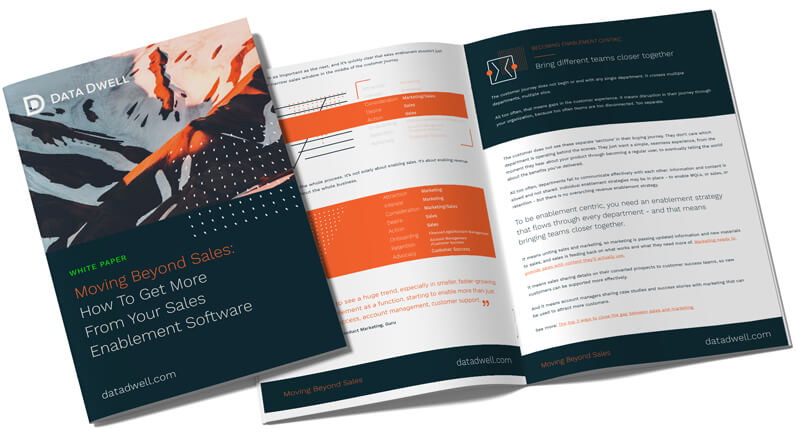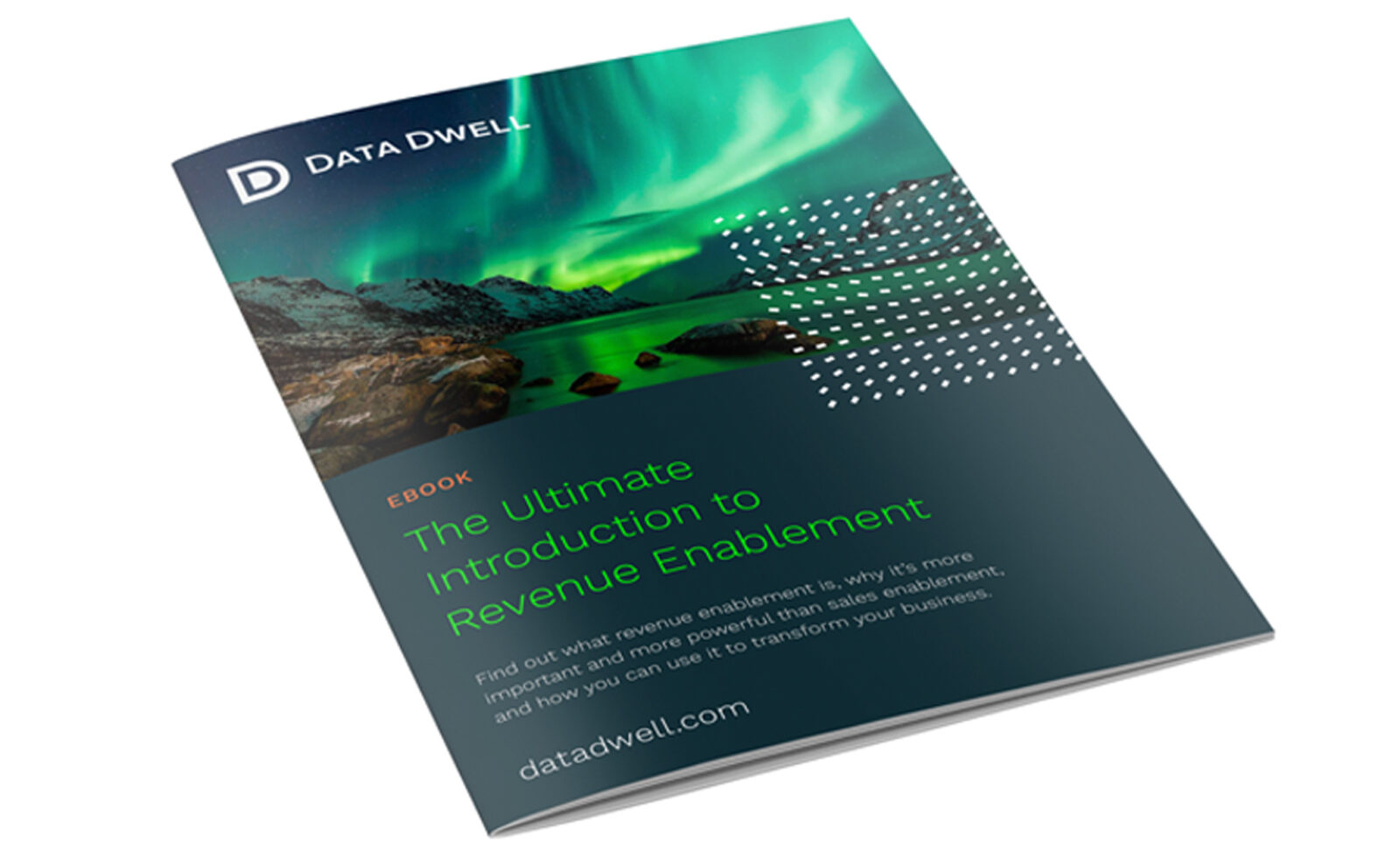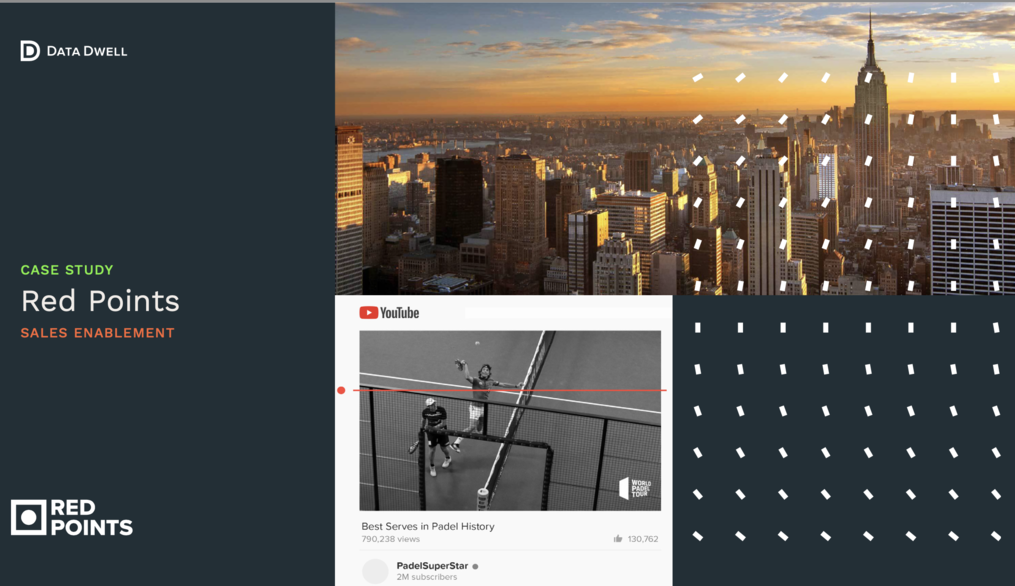The sales funnel is one of the most important processes in any organisation. A truly effective one delivers an almost endless amount of leads that are ready to buy. An ineffective one can quickly develop problems for both the marketing and the sales teams.
That’s why it’s vital to spend time understanding and analysing your sales funnel, so that high quality leads can be passed seamlessly from one department to the next.
The last thing you want is for leads to bottleneck into a single problem, or for blind spots to develop in your funnel that impact on your sales conversions.
Understanding the different stages of the funnel
One of the first hurdles to overcome is making sure you and your team understand the different stages of the sales funnel. There are many ways to describe and visualise the funnel, but we’re going to stick with one of the simplest: Top, Middle and Bottom.
- TOFU – Top of the funnel
This is the awareness and attraction stage, where an organisation’s marketing efforts are often focused.
It’s where you’re advertising to a new audience and bringing in new leads, by showcasing your brand or building awareness of a particular problem.
- MOFU – Middle of the funnel
The middle of the funnel is where you begin to engage the leads you’ve brought in and start to qualify them. For your leads, this is the consideration stage, where they’re learning more about their problem and exploring options.
It’s the stage that should be focused on building interest in your product as a possible solution to their problem, and creating a desire to buy. Sales will start to interact with prospects in the middle of the funnel, beginning to build relationships by sharing case studies, offering demos and sending initial sales material.
- BOFU – Bottom of the funnel
Right at the bottom is the actual selling stage. This is where you should be positioning your product as the best in the marketplace and encouraging leads to take action – and convert.
Don’t overlook MOFU
The problem with the middle stage of the funnel – MOFU – is that it’s often not given the attention it deserves. Marketing teams focus on advertising at the top, and sales teams focus on selling at the bottom.
The middle can be easily overlooked, despite it being the largest stage in the sales funnel – and the one that usually occupies the most time in a lead’s journey through the funnel.
There’s a real danger of there being a disconnect between marketing and sales in the middle of the funnel, and a strong potential for blind spots to develop in your sales process. Three key problem areas here that can go unnoticed are: lack of leads; poor hand-off; and no qualification.
If marketing doesn’t send enough leads through at any given time to the sales team, then targets will inevitably be missed.
If the hand-off of leads from marketing to sales isn’t completed correctly, then the sales team will not be fully equipped to do their jobs effectively and closing rates will suffer.
Furthermore, if leads aren’t qualified when they are handed off, then marketing efforts will be wasted, and sales strategy will be ineffective.
So as an organisation, you need to avoid these mid funnel blind points if you want to improve your sales process.
4 ways to avoid mid-funnel blind spots
- Define what a sales-qualified lead (SQL) is
This may sound like a simple action, but it’s vital that everyone in your organisation understands exactly what a sales-qualified lead should look like. This way, there’s no discrepancies in the type of leads handed from marketing to sales.
- Position your content effectively
Once a lead is qualified, you’ll need to make sure sales teams have the most relevant content to send across. A prospect is unlikely to move forward through the funnel if they’re receiving content that’s of no use to them.
With Data Dwell, marketing can deliver essential sales content to each stage of a Salesforce opportunity, so your reps will have access to the right, most relevant content to share with their prospects, wherever they are in their journey.
This will help ensure your leads, your content and your process are all aligned correctly.
- Time contact correctly
As well as receiving the right kind of content, leads should also receive timely contact from the sales team. If they are on the edge of the buying decision, you want to be able to act as quickly as possible and not miss out. Timing is everything, if you want to reach out when needed.
That means evaluating key metrics of engagement for each prospect – such as time spent on your website, interacting with a webinar or reading through a document.
Once a prospect has shown high levels of engagement, your sales team should learn this automatically and be able to capitalise right away.
- Share data automatically
Finally, make sure your sales team have access to the right data, whenever they need it. Ideally, this should all be in one place, and shouldn’t need an app crawl to find and retrieve it.
By integrating marketing automation, CRM, and sales enablement data seamlessly, all your solutions will be working as one. Your sales team will have all the information they need right in front of them to capitalise on opportunities.
This should simplify and align your data, making the process from marketing to sales so much easier.
By following these tips, you should be minimising any potential blind spots in the middle of the funnel and ensuring both your marketing and sales teams have all the tools they need to be successful.




